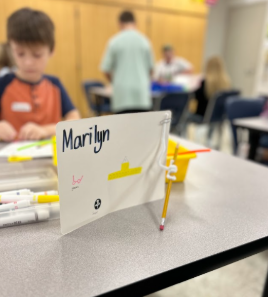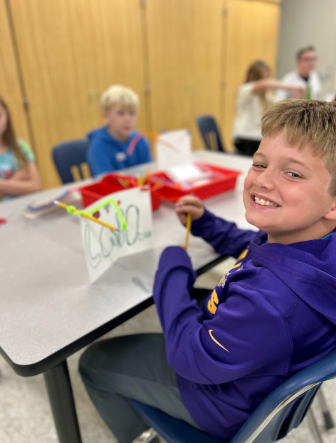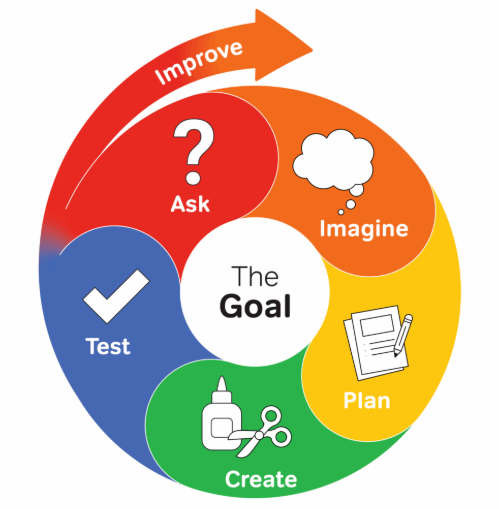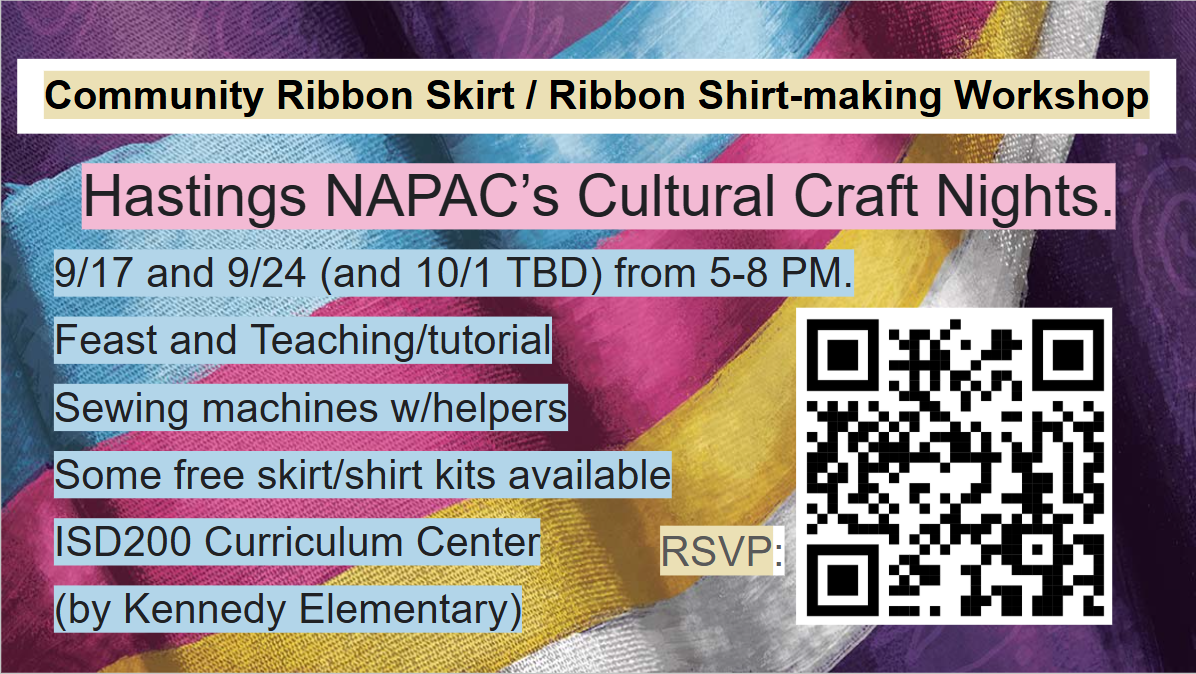Quick Thank You! Our building has been more secure during the morning transition times because you have been saying your goodbyes outside the building. Thank you for helping to improve our building security!

MCAULIFFE WEEKLY UPDATE
STEM Programming at McAuliffe Elementary
McAuliffe Elementary is thrilled about STEM (Science, Technology, Engineering, and Math) programming, an initiative designed to provide students with a deeper, more engaging learning experience. This hands-on, inquiry-based curriculum moves beyond traditional textbook lessons to immerse students in real-world problem-solving. Our students won’t just learn about scientific principles—they'll become young scientists, engineers, and innovators themselves.
Through exciting, project-based activities, students will work collaboratively to design, build, and test solutions to challenges, encouraging critical thinking, creativity, and perseverance. This approach helps transform complex ideas into tangible, exciting projects, fostering a love for discovery and innovation that will serve them well in a rapidly changing world. Our goal is to equip every student with the essential skills of communication, collaboration, and critical thinking that are foundational for success in any future endeavor.
How Parents Can Engage Their Child in STEM
We encourage you to be an active partner in your child's STEM journey. One of the best ways to do this is to talk with them about what they’re doing in class. To help your child share their experience, you can ask open-ended questions that go beyond a simple "What did you do today?"
Try some of these conversation starters:
"What was a problem you tried to solve in STEM class?"
"What did you build or design, and how did it work?"
"Tell me about a time something didn't work the way you expected. What did you learn from it?"
"How did you and your classmates work together on a project?"
"If you could change one thing about your project, what would it be?" “Why?”
These questions will help your child reflect on their learning process, celebrate their successes, and embrace challenges as opportunities to grow.
Please see below for a few photos and the challenge requirements for a recent project!
Matt Esterby
Please look at the photos to see how students implemented these four challenges.
It needs to stand up on its own
Name 3 things about the designer
Design a pencil holder
Create something that moves



Students will be participating in authentic socially engaged engineering, utilizing their own original thoughts, as well as understanding how other engineers thought about their solutions. The goal is to increase understanding and improve outcomes!
Standard Response Protocol
If you are looking for some specific details to talk to your child about the need for SRPs, here are three examples per action item. These items are meant to be used in a casual and non-threatening way, yet give some context of their individual use. Thank you for talking with your child about these topics.
Hold
Medical Emergency in Hallway: EMS needs access, so students “hold” in their classrooms.
Custodial Cleanup: A spill makes the hallway dangerous or disgusting, requiring students to stay put until maintenance is finished.
Behavioral Incident in Hallway: A dysregulated student requires the hallway to be cleared while adults intervene and restore order.
Secure
Wild Animal on Campus: A stray dog or raccoon is outside, so everyone remains indoors with doors locked.
Law Enforcement Activity Nearby: Police activity in the surrounding neighborhood prompts securing the building’s outer doors.
Unfamiliar Person Outside: Someone is seen lingering by an entrance, so everyone is called inside and the doors are locked.
Lockdown
Unknown Person/Intruder Inside: Someone enters the school who has not checked in or been identified, prompting a lockdown.
Parental Custody Dispute Escalates: A parent shares their frustration that occurs inside the building, leading staff to initiate a lockdown for safety.
Threatening Behavior by a Visitor or Student: Aggressive threats, physical confrontation, or another unpredictable situation from a visitor or student within the school.
Evacuate
Fire Alarm: The fire alarm rings and everyone follows planned exit routes outside.
Gas Leak: The smell of gas leads staff to immediately evacuate all students and personnel from the building.
Mechanical Failure (e.g., Power Outage): Systems fail and the building is deemed unsafe for normal activities, so students are evacuated to a safe location.
Shelter
Tornado Warning: Severe weather warning signals, so everyone moves to designated storm-safe areas.
Hazardous Materials Spill Nearby: A spill at a nearby facility requires the school to shelter in place.
Flooding Threat: Rapidly rising water or flash flood warnings mean students and staff must move to upper levels or interior rooms to shelter.
